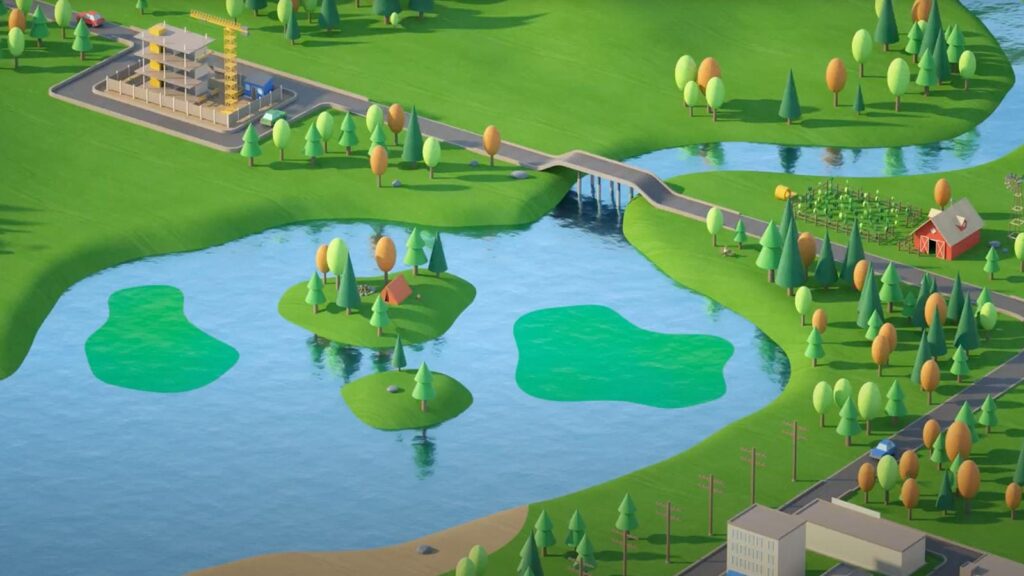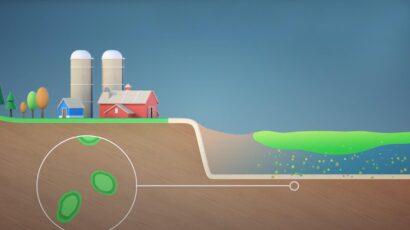What are the Challenges?
The limits established in the Vermont TMDL are ambitious and will require dedication and hard work by many people. A solid implementation plan with specific, actionable steps is in place to achieve its goals. But even if every project identified in the implementation plan is installed there are challenges for which the answers and solutions are not so clear.
“Legacy” Phosphorus
Recent studies have shown that the large amount of phosphorus currently stored in the bottom sediments of Missisquoi Bay are expected to be released gradually for many decades to come. Scientists are only beginning to understand the chemical and biological processes that convert this “particulate” phosphorus to a dissolved form that is available to feed cyanobacteria growth and the development of blooms. Options for in-lake treatment are limited because of the large area of sediment, as well as the fact that much of that area is within a national wildlife refuge or across the international border in Quebec.
The “legacy” phosphorus problem was a long time in the making and will take a long time to remedy. Even if the spigot of phosphorus inputs from rivers was turned off today, those bottom sediments will be a source of phosphorus for decades to come.
Climate Change
Climate change is an additional confounding element in the management of phosphorus pollution. While much of the science is understood, the specific impacts of climate change on phosphorus levels will be hard to predict.
It is known that climate change in northern New England will result in more frequent, more intense rainstorms. These more powerful weather events are anticipated to lead to more flooding and more erosion. In addition, increases in precipitation have been shown to result in exponentially greater increases in phosphorus delivery to Lake Champlain.
In addition, efforts to reduce phosphorus in the lake may be offset by the effect of increasing temperatures. Hot, calm weather is not only the type of conditions that cyanobacteria prefer for growth, it also creates the right conditions for this release of phosphorus from the sediments. However, it is hard to predict how these dynamics will play out in the waters of the lake.

Confounded Climate Change
Efforts to reduce phosphorus in the lake may be offset by the effect of increasing temperatures.




